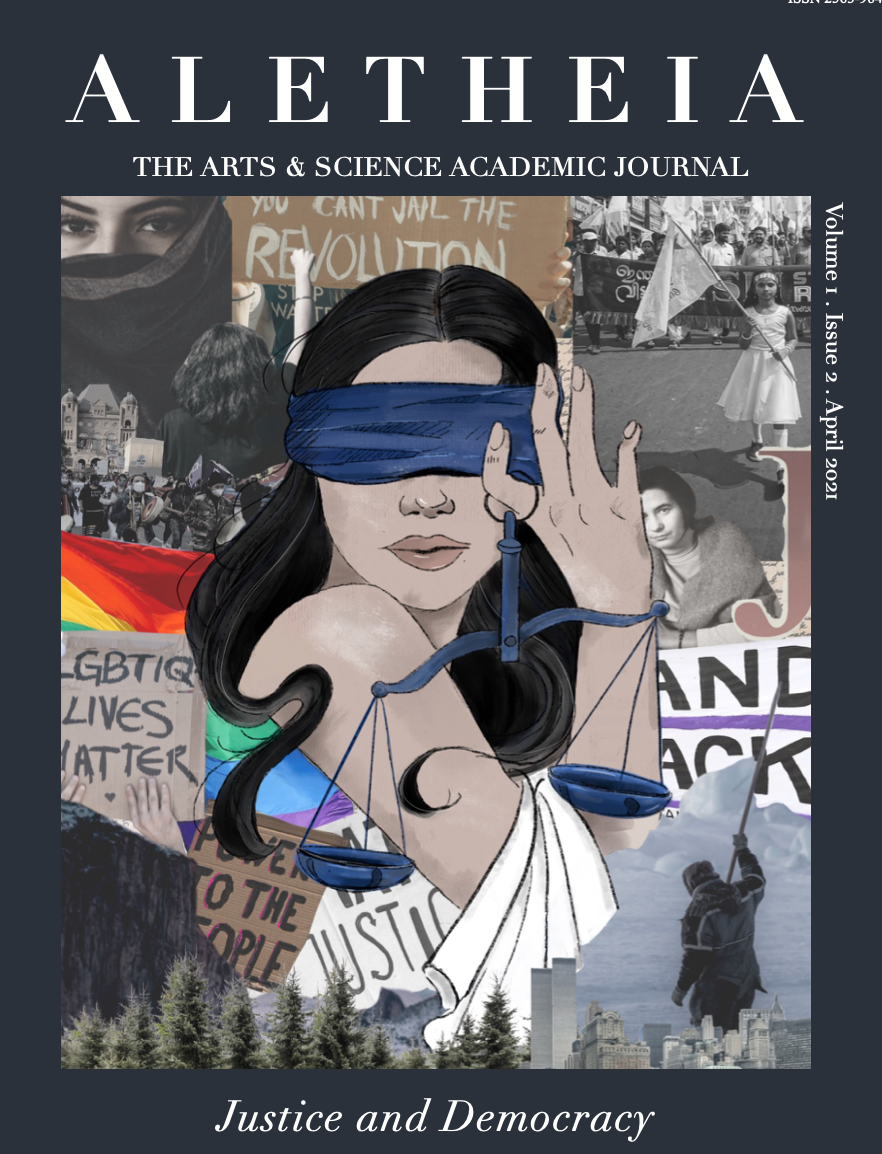LAND ETHICS IN CONFLICT
DOI:
https://doi.org/10.15173/a.v1i2.2818Abstract
Purpose: This paper explores the underlying forces, specifically the “land lifeworlds” behind land-use laws, at the heart of land-use conflicts between the Ontario government and Indigenous communities. Approach: I examine the research of Anishinaabe and Canadian legal scholars on the “land lifeworlds” or ethics underlying Anishinaabe and Canadian land-use law. This research takes the form of anthropological observation, historical analysis of the formation of property law, and close textual analysis of key legal documents. I then apply this research to observe the role these land lifeworlds play in a particular land-use conflict case study. Results: The land lifeworlds underlying the actors’ land-use laws are fundamentally opposed. The lifeworld underlying Ontario land-use law prioritizes an ownership-exploitative relationship to the land. In contrast, the land lifeworld of Anishinaabe law advocates a reciprocal relationship to the land, where the land is envisioned as a member of the community deserving of the highest respect. Regarding the case study, the opposing nature of these two lifeworlds manifests itself in the non-recognition of an Ontario judge toward the legitimacy of the Anishinaabe stewardship position. Conclusion: These results suggest a possible path toward a more just resolution of land-use conflicts between Indigenous communities and the Ontario government: the provincial government must make a fundamental, not merely surface level, change in its land-use policy. This means changing the land lifeworld underlying land-use law such that a reciprocal relationship with the land as a moral agent worthy of rights can be recognized as legitimate.
Published
Issue
Section
License
Copyright (c) 2021 Aletheia

This work is licensed under a Creative Commons Attribution-NonCommercial-NoDerivatives 4.0 International License.
All Rights Reserved





